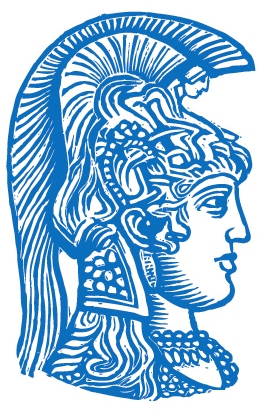 National and Kapodistrian University of Athens
Department of Biology
Biophysics & Bioinformatics Laboratory
National and Kapodistrian University of Athens
Department of Biology
Biophysics & Bioinformatics Laboratory
Protein Information |
|
|---|---|
| Protein Name | Protein NODULATION SIGNALING PATHWAY 2 |
| Accession Code | Q2PEG7 |
| Gene | NSP2 |
| Organism | Lotus japonicus (Taxonomy: 34305) |
| Part of Reference Proteome? | No |
| Sequence (Length: 499) |
Description |
Position in the Nuclear Envelope |
|
|---|---|---|
| Location | Location ID | Description |
| Nuclear Envelope | SL-0178 | The nuclear envelope is a membrane system which surrounds the nucleoplasm of eukaryotic cells. It is composed of the nuclear lamina, nuclear pore complexes and two nuclear membranes. The space between the two membranes is called the nuclear intermembrane space. |
| Nuclear Membrane | SL-0182 | The membrane surrounding the nucleus. This term is used when it is not known if the protein is found in or associated with the inner or outer nuclear membrane. | Membrane Topology |
| Topology | Source | Annotation Type |
| Unknown | UniProt | Sequence Analysis | Assigned Ontology terms |
Description |
|
|---|---|
| Transcriptional regulator essential for Nod-factor-induced gene expression (Probable) (PubMed:17244637, PubMed:17071642). Acts downstream of calcium spiking and a calcium/calmodulin-dependent protein kinase required for activation of early nodulation gene expression (PubMed:17244637, PubMed:17071642, PubMed:24329948). Transcription factor involved in the induction of NIN and ENOD40 genes, which are required for rhizobial infection and early nodule development (PubMed:17244637). Does not seem to contribute to the early steps of the arbuscular mycorrhizal fungus infection and colonization processes in roots (PubMed:23926062). Transcription factor involved in the positive regulation of the beta-carotene isomerase D27, which participates in a pathway leading to biosynthesis of strigolactones in roots (PubMed:23926062). {Experimental EvidencePubMed:17071642, Experimental EvidencePubMed:17244637, Experimental EvidencePubMed:23926062, Experimental EvidencePubMed:24329948, Curator InferencePubMed:20719766, Curator InferencePubMed:23335614}. | Assigned Ontology terms |